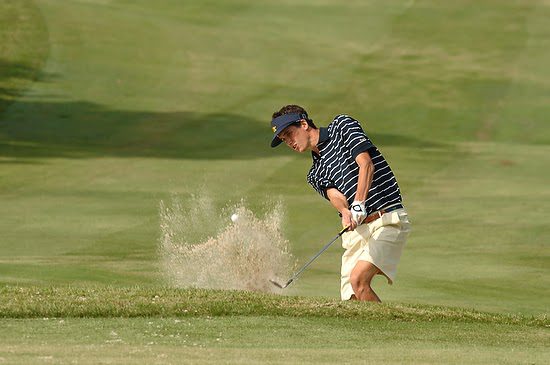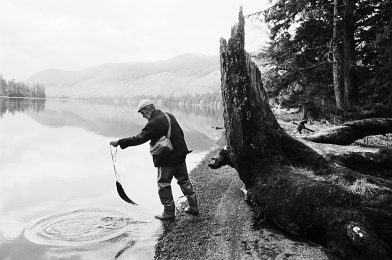| Nikon D2X, Sigma 120-300mm w/ 1.4 converter, ISO 200, ƒ/5.6, 1/750 |
Everyone is a Photographer
Almost everyone that I know has a camera. In the past few years, I would say that most of my friends’ photos are with their camera phones.
Before camera phones, people took pictures, but now having that phone with them all the time has made it not just easier to take photos. I would argue that more important than just the ability to take a picture, the one contributing factor to more photos being taken today than at any other time in history is our ability to instantly share them with the world.
 |
| Nikon D4, 14-24mm, ISO 100, ƒ/6.3, 1/1000 |
Every photo isn’t good.
Just because your photo moves you doesn’t make it a compelling photograph. Why?
Everyone’s photos help us to remember. However, some of the things we experience are pretty emotional, and having a photograph to help trigger that emotion we felt the first time we lived through the experience does not mean that other people will be as moved emotionally.
Some photographers consistently make photos that move people emotionally and are storytellers. These photographers can capture a moment that creates interest in an audience that wasn’t there. The images pull people to them and engage audiences around the world.
The grass is greener on the other side of the fence
“Everyone wants to be a rockstar or a photographer” is a quote I have heard. These are two mediums that emotionally move people.
Around age 14, we begin solidifying the musical taste genre that we will be playing over and over throughout our lives. We love to play our favorite music because it helps to take us to our “happy place” and soothes our souls.
Photographs can do the same—take us to our “happy place” and soothe our souls.
So not surprisingly, many of us would like to help others find those happy places and feel like maybe we should be either musicians or photographers.
Gut Check
When I was studying to be a social worker, I learned that one of the things we should help people examine in counseling is whether they are running away from something or running to something.
Running away from something could be a disaster in the process. But unfortunately, most people I encounter that want to be professional photographers are running away from their lives. They are extremely unhappy with their work.
They seek the recognition in their jobs that they see given to musicians and photographers. However, a dirty little secret is that many musicians and photographers want to leave their profession for similar reasons.
A good gut check for finding out if you really should be a photographer is if your photos consistently stir people’s emotions. The key here is that people will want to talk to you about the subject you captured, not about your camera.
Wired that way
There is a certain amount of healthy Obsessive Compulsive Behavior you possess. If you are looking at your work and realize that you could have done something else to make it better, then you are exhibiting some of the qualities of the artist needed to make it professionally.
Suppose you look at your photos and see that technically they are fine, and you can’t know why you are not winning all the awards. You are not in touch with reality. Remember, musicians and photographers at the top of the profession emotionally move their audiences.
Seeing from another person’s perspective
Young children before the age of 8 seem cognitively unable to take the perspective of another person.
If you want to be a photographer that uses photography to communicate to an audience, then you need to be able to see from another person’s perspective.
Take a simple test for yourself. Take something that you know well. Simple as how to make a pot of coffee from scratch and then talk through this as if you are teaching another person. Surprisingly many people struggle with this ability.
I remember one time, an adult who was a genius but lacked some basic skills called my mother and asked her how to sew on the button. The next day he came to our house because he still couldn’t do it. Well, my mother didn’t tell him to cut the thread from the spool. So everything was correct except for this step.
Sometimes you have a slow audience. I will see this used as a humorous skit on TV every time. They will have someone tell a person how to do something they cannot see, and the person doing the task cannot know the person instructing them. What follows usually is pretty humorous, but it will illustrate that teaching someone a simple task is very difficult.
Pictionary and Charades are games that can be fun to play because they can be funny when we are trying to communicate.
You need to be someone who consistently wins in Pictionary or Charades, for example, before going pro, if there was such a category for these games.
Do your photos communicate? Are people asking you to take pictures from them because they know your images will help them reach their audience?
If the only reason you want to be a pro is how it makes you feel, you need a wake-up call and a good slap across the face.
Checklist to be a professional photographer.
- Your photos emotionally move total strangers all by themselves
- You are rarely satisfied with your photos
- You have an insatiable desire for a subject other than photography
- People are asking you to photograph something for them regularly
- If you want to be an independent photographer, you know and understand the skills to run a business.
- Know your audience
- Market to that audience
- Know your numbers for expenses to make a profit
- Willingness to do what it takes to find work















